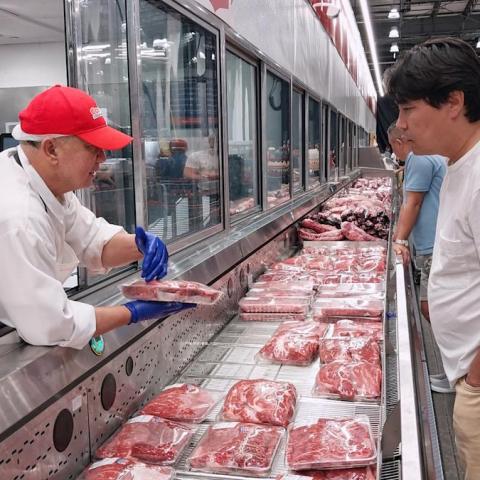Chlormequat is gaining attention because of its presence in everyday foods, especially oats. As more people learn about it, questions arise: What is chlormequat? Why is it in our food? And is it safe?
Chlormequat is a plant growth regulator, classified as a pesticide by the U.S. Environmental Protection Agency (EPA). It helps control the height of cereal crops like wheat and oats, preventing them from falling over, a condition known as “lodging.” While it’s mostly used on non-food crops in the U.S., imported grains can still contain this chemical.
Its presence in food has been confirmed by consumer groups and regulatory bodies. Key reasons include:
- Imported oats from countries where chlormequat is allowed for food crops.
- Changes in regulations that allow residue levels in food.
- Cross-contamination through shared soil or water sources.
Recent studies found that chlormequat is in 92% of oat-based foods tested in 2023, including popular products like Quaker Oats and Cheerios. Notably, a study showed that four out of five people had chlormequat in their urine. The detection rates have risen over the years, showing a concerning trend linked to imported grains treated with this chemical.
While chlormequat isn’t approved for use on food crops in the U.S., it’s still permitted in imports. If you’re worried about exposure, opting for organic oat products may help you avoid synthetic growth regulators.
Animal studies have suggested that high levels of chlormequat may affect development and reproduction. Though guidelines exist for “safe” residue levels, ongoing research raises questions about the safety of long-term exposure, especially at low doses.
So, what can you do?
- Stay informed by checking testing reports from trusted sources like the Environmental Working Group (EWG).
- Read labels to learn where your food comes from.
- Support policy changes that aim to make food safer.
Avoiding chlormequat might take a little extra effort, but it’s possible. Here are some strategies:
- Choose organic oats and grains, where synthetic regulators aren’t allowed.
- Buy from brands that test their products for safety.
- Limit processed oat products, as they may contain imports with residues.
- Cook from scratch to control your ingredients.
Chlormequat may not be well-known, but its presence in our food system is real. While agencies consider current levels safe, ongoing research suggests that it’s wise to limit exposure. By staying informed and making mindful choices, you can reduce your intake and support a safer food system.
For more information on food safety, visit the Environmental Working Group.





















